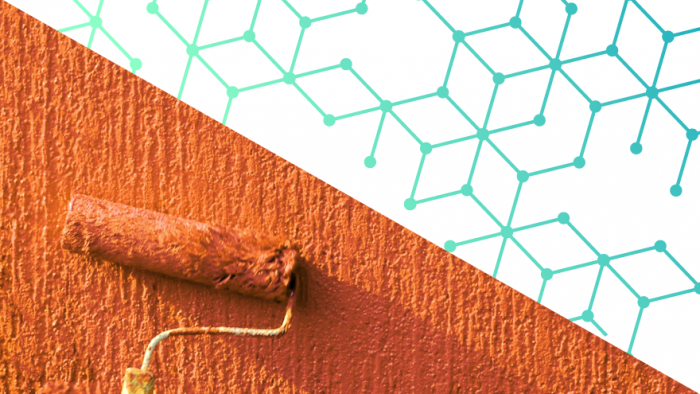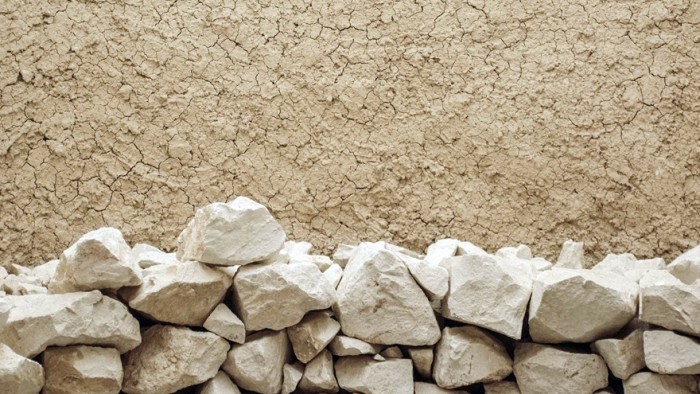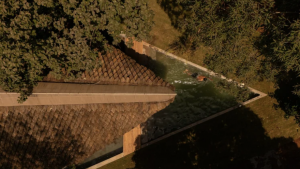Graphene is one of the strongest substances known to science. Discovered in 2004 by two Nobel Prize winning scientists at Manchester University, this material enhances durability and elasticity exponentially without posing any harm to nature or humans. Now, the world of architecture is poised to gain from this innovative material too in the form of lime-based paint.
One company that is leading the charge is Graphenstone, a science-driven materials producer in Seville, Spain that synthesises graphene paint using pure carbon. Since its inception in 2013, they have produced a series of coatings that imbue indoor and outdoor spaces with graphene’s unique insulation and ecological attributes. Graphene paint prevents the proliferation of bacteria, fungi and mold in addition to forming a natural heat barrier.
The lime used in Graphenstone paint is obtained in millenary firewood furnaces of Arab origin following the traditional method of graphene fibre extraction which gives it exceptional purity. The substance’s lifecycle is a completely natural process, from the wood used to feed the wood-fired oven, through the firing of the limestone itself until the final product is created. After graphene paint has been applied to a surface, the lime molecules harden into an elastic shell without emitting potentially harmful fumes like conventional acrylic house paints do. It is thus ideal for people who suffer from chemical intolerances or have vulnerable immune systems.
Given graphene paint’s unique atomic make-up, less of it is needed to achieve a protective finish that is resistant to wear and corrosion, saving on overall cost of production. This innovative material is already forming part of the standard of building materials used for hospitals and schools, as architects seek to reflect environmental consideration in even the coating of our living spaces.








